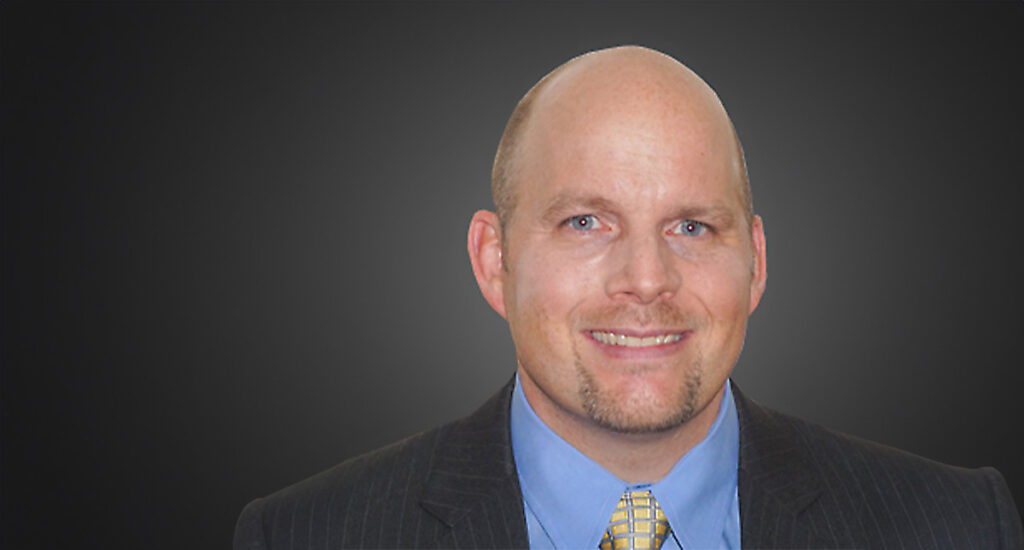This is America.
If you can have something as trivial as a hamburger your own way, you should be able to have something as important as investments your own way. Up until now, though, customizing professionally managed accounts to suit individual objectives has been inaccessible to everyone except the ultra wealthy.
That all is changing, though, as Ryan Nauman, market strategist for Zephyr, explained.
Ryan is the host of the popular Adjusted for Risk podcast. He is a well-respected investment industry strategist regularly featured on TD Ameritrade Network, Yahoo! Finance, Bloomberg TV, Bloomberg Radio and Chuck Jaffe’s Money Life podcast. His opinions and market expertise have been published in Reuters, CNBC, Bloomberg, MarketWatch.com, Yahoo! Finance, and the Wall Street Journal.
As Zephyr’s Market Strategist, Ryan provides analysis and research on market trends across asset classes, sectors, and regions to help empower better asset allocation strategy decisions.
Check out what he has to say about SMAs.
Let’s start with a definition. What are separately managed accounts?
Ryan: Separately managed accounts are like mutual funds or ETFs in that they are professionally managed portfolios of individual stocks, bonds and /or alternatives managed by a professional asset management firm on the investor’s behalf. However, in separately managed accounts the investor has direct ownership of the individual stocks or bonds. As a result of the direct ownership, the investor has the flexibility to customize the securities in the portfolio.
In a mutual fund or ETF, you buy rights to the income streams in a pooled investment. But in a separately managed account, you own Apple. Your name is actually on Microsoft or Google. Because you have direct ownership, it offers a lot more flexibility, transparency, and customization opportunities with the framework of a managed product.
For example, you might go to an asset manager that offers separately managed accounts and say, “I want to invest in your large growth product but take out Tesla.” You can’t do that with a mutual fund or an ETF.
Why are separately managed accounts becoming more popular?
Ryan: Historically, separately managed accounts were earmarked for institutions such as endowments or ultra-high-net-worth investors because minimum buy-ins were in the millions of dollars. But those buy-ins have come down due to fractional shares. Now, in some instances, it might be hundreds of thousands of dollars instead. So more of your typical retail investors have access to separately managed accounts.
Furthermore, younger investors want more transparency, flexibility and more control over where their money is going. Maybe an investor doesn’t want to invest in tobacco companies. You don’t have that flexibility with a mutual fund. Separately managed accounts are great for ESG investors and really anyone who wants to better align their investments with their unique beliefs, values, and investment objectives.
What does this mean for the trust industry?
Ryan: Trusts need diversification through alternatives and different types of investments, investments that are different from stocks and bonds. Separately managed accounts offer flexibility on what you hold. For example, you could say, “Hey, I want to have a managed future,” or “I want to invest in private credit within this SMA.” You can do that under one umbrella, whereas you can’t in a one-size-fits-all approach like a mutual fund or ETF.
Another benefit is tax management, which is very important to trust clients. Because your name is on each individual stock, you can do more creative tax-loss harvesting. You can sell the losers and buy them back without selling the entire investment pool.
What kind of growth have you seen in separately managed accounts?
Ryan: One of our products within Zephyr is the PSN separately managed account database. That database has 20,000 SMAs in it. The asset manager contributes information about their product, and wealth managers can search for products. Within that database we’ve seen a 26 percent growth in assets under management over the past 5 years.
It sounds like separately managed accounts are part of this larger trend of democratizing investing.
Ryan: Investors are demanding more freedom, control and transparency, especially younger investors. General investing is being commoditized. If you want, you could go to Robinhood and other discount online applications and invest. But it is still very difficult to individually buy all the securities and manage them professionally. Now, you can have that level of control and still get professional management.




